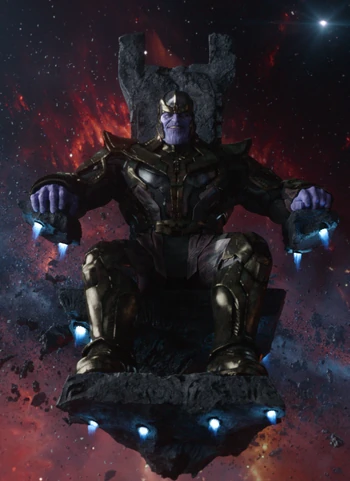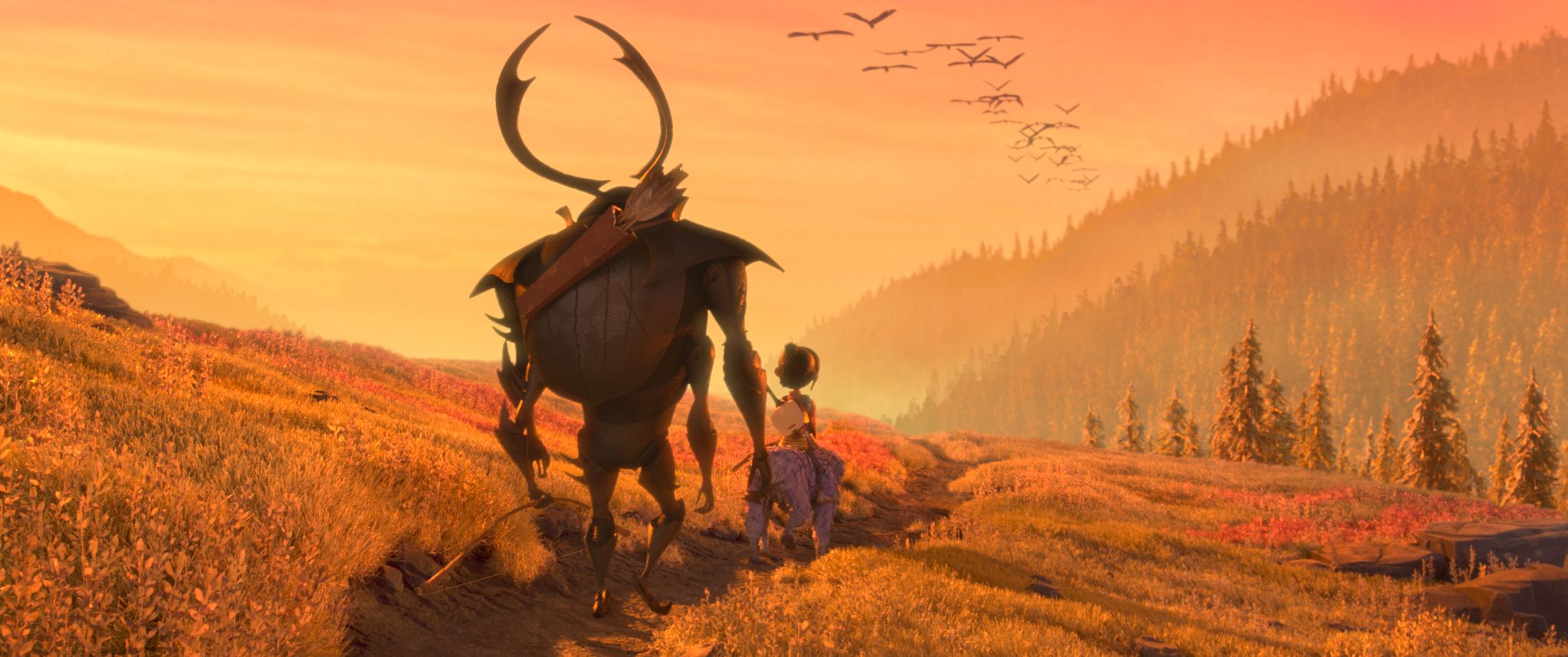Warning: Spoilers of Avengers: Infinity War start up right away in this essay.
My daughters and I saw Avengers: Infinity War last night and the darkness of what we saw are still running around in our heads. The characters we've been watching for the last decade get little time, instead most of it is given understanding and appreciating the villain, who wants to, and succeeds in, destroying half of the sentient beings in the universe in order to achieve peace in his time.
My main concern going into the film was how many characters there were to focus on. How could they all be given fair arcs? I think the solution the filmmakers came up with-- focus on the villain, and give other characters moments-- was a good one. Then you cut most of the main characters out of the plot completely, so if they don't show up until the end of the next film, we won't miss them and there's enough breathing room for the other characters to develop.
What is most stunning is how Thanos is clearly a representation of the Hebrew God, YHWH, whom I worship. Thanos has a universal solution that doesn't seem unusual to a God who destroyed all of humanity except one family in a worldwide flood.
Sure, the flood was bad, but it isn't the same situation. First, all of humanity was a murderous bunch at the time of the flood, so there was cause, not just a random pick, and God regretted his decision after, so that he would never do it again. He repented, which is the opposite of Thanos, sitting on a porch, gazing at the peace he created.
No, a closer comparison would be to what is commonly called Armageddon. This is the apocalypse in which all humanity will suffer death or life, most of whom will be placed in their location without knowing why. Even if it isn't random, it will feel random to most of humanity. And Thanos' priest/prophet is the representation of the church, proclaiming this genocide as salvation and hope, and the sacrifice of (most of) humanity as the just sacrifice. Frankly, the Christian God is worse, because he will take the majority of humanity and torture them for all of eternity, millions upon millions of years, for not believing correctly.
This is seen in his killing of Gomora, as well. First, I think his love of his step daughter is seen clearly from the GotG and all through this film. He played favorites between his step-daughters, seen even in the first Guardians film, not because he despised Nebula, but because he only loved one daughter. In Genesis, Abraham didn't care for his firstborn son, Ishmael, allowing his wife to do whatever her bias motivated her to do with Ishmael and his mother, her slave, so she left them in the desert to die of thirst. But Isaac was Abraham's favorite and the one he dearly loved with all his heart. God told Abraham to sacrifice Isaac on an altar, saying, "Take your son, your only son, the son whom you love..." repeating three times to emphasize the close relationship they have. And that relationship was to end in physical abuse, except that God pulled his punch at the end.
According to Chrisitian theologians, this was primarily done to provide a type of what God would do himself with his son. Kill and torture his son despite his love, because the salvation he would provide is worth the price. And that salvation also comes with a cost of killing and torturing (at least) half of humanity.
Ebony Maw is the leader of the cult of Thanos, proclaiming the salvation of Thanos, and calling all of those subjected to the will of Thanos the Children of Thanos. In Christian theology, all of humanity are children of God because they are all created by God, but they are also in the kingdom of God, and so subject to the will of the all-controlling God. The church calms the people, trying to make them all amenable to the will of God, especially when it seems evil, when God enacts random judgment against them, such as he did to Job.
From this perspective, Infinity War has a clear theological objective: to reveal the Hebrew God for who he is. A sympathetic character to a certain degree, but ultimately evil. His will is arbitrary and hateful, even though his ultimate aim is peace in the universe. At best, God is considered misguided and immoral. The Avengers, despite their misdeeds and errors are better than the one whom millions worship. It is a takedown of the most popular theology on earth.
In defense of some who honor God, it is a heated discussion within Christianity whether the standard orthodox theology is correct. Some say that the Bible never teaches eternal torture of humanity, that the separation of humanity is not based on belief, that God's people are supposed to receive but never give persecution, and the inclusion of all people. Despite this discussion, the takedown of monotheistic religion in Infinity War is mostly correct. Thanos must be seen as a lesser-evil version of God and if Thanos is wrong and evil, then God of orthodox theology is worse.
















